New Year’s traditions around the globe come in all sorts of shapes, sizes and flavours – but with the advent of a new calendar year and life coming full circle, it’s no surprise that round foods win the day. Circular-shaped breads, cakes and doughnuts, along with spherical fruits, play a starring role the world over – like the custom of eating 12 grapes at midnight, popular across the Spanish-speaking world. Read on for more culinary traditions and recipes believed to bring good fortune, health and wealth in 2021.
The French celebrate the New Year, or le réveillon de la Saint-Sylvestre, with a host of indulgent delicacies like oysters on the half-shell, which just might keep the romance going after the spark of a midnight kiss. Lobster tails and foie gras are also very popular, and are both quite suited for a celebratory washdown of Champagne. In theory, the lobster should be eaten before the clock strikes twelve, as it’s a bottom feeder that moves forwards, backwards and sideways, as opposed to fish, who swim straight ahead and therefore symbolise progress. Lobster can be served simply steamed, or in a more elaborate style like lobster thermidor.
If you’re feeling ambitious in the kitchen, try your hand at a terrine. The frequent stand-in for foie gras is essentially a gourmet pâté meatloaf, named for the little tin it’s baked in. Spread it atop a little toast with a veil of butter. Another popular ingredient during the entire French holiday season is the capon. Touted for its tenderness, the capon – a rather unlucky rooster – takes the place of traditional roast chicken this time of year.
In Poland and parts of Scandinavia, things are a bit more… briny. There, tradition dictates eating pickled herring at the stroke of midnight to secure prosperity for the coming year. And the custom lives on well beyond the borders: Chicagoans can attest to stuffing themselves with herring or other smoked fish in the hopes of a lucky new year.
Elsewhere in the United States, Southern tradition reigns when it comes to lucky New Year’s Day menus. Black-eyed peas are often served with collard greens and ham, all three of which have their merits. Greens of all sorts represent paper money in many parts of the world, so pile on the ‘lettuce.’ Pork, which features in a multitude of countries this time of year, represents moving forward, as pigs root around in a forward motion with their snouts when scavenging for food. The peas symbolise coins, as do legumes like beans, lentils and chickpeas in other parts of the word. A staple of Southern meals, cornbread also can’t be missing from the New Year’s Day table, and in this case is said to represent gold.
Cotechino sausage with lentils is the crowning glory of the Italian Cenone di Capodanno. The elaborate multi-course New Year’s Eve feast often includes a spread of creative antipasti as well as multiple courses of pastas and main dishes, followed by a countdown to a midnight cheers with sparkling wine in one hand, and grapes and/or three coins in the other. This is accompanied by traditional holiday cakes like panettone and pandoro, and finally, no matter how full you are, a heaping plate of lentils and cotechino for good luck and big money.
New Year’s Eve in Japan is all about the noodles, served in the form of Toshikoshi Soba, or the “year-crossing noodle”. The centuries-old tradition of enjoying a bowl of soba noodles to welcome the new year is all about the symbolism: soba noodles are made from buckwheat, a hardy and resilient plant that represents strength; the noodles are easy to cut, reflecting the idea of breaking free from the troubles of the past; and, as in many cultures across Asia, a long slurp of noodles is said to embody a long, happy life.
In China, it’s Chángshòu Miàn noodles that bring longevity, but the Chinese New Year (celebrated in January or February, according to the Chinese lunar calendar) comes with all sorts of other food traditions, including the auspicious, forward-grazing pork and lucky, forward-swimming carp or catfish. The latter is often served on a platter in the centre of the table with the head facing the respected elders of the family, who must take the first bite before anyone else can help themselves. The fish should be served without rotating the platter, so that those on either end can say a special toast to prosperity.
Throughout the country, but especially in northern China, good-luck dumplings take the curved shape of silver ingots (akin to gold and silver bars), an ancient form of Chinese currency. Stuffed with pork or chicken and vegetables, the more you eat, the more you’ll earn in the coming year. This is great news for dim sum lovers.
In Turkey and Greece, pomegranates top the list of lucky fruits with an extra bonus of fertility, but instead of eating them, the idea is smash them on the floor and see how many pieces fly out. The more seeds you get, the more fertility and financial prosperity you can expect in the new year. As far as recipes go, the orange-scented Greek vasilopita cake is traditionally baked with a coin inside; the lucky recipient, assuming they don’t break a tooth, has plenty to look forward to.
Similarly, in Mexico the Rosca de Reyes, or Three Kings bread, is a ring-shaped brioche-like treat topped with dried and candied fruits. It also contains a lucky surprise inside, usually a toy or tiny ceramic baby Jesus. Traditionally Mexicans eat the bread in the days leading up to Three Kings Day (aka Epiphany), on 6 January. Similarly, in Denmark, Norway and Sweden, rice pudding stands in for cake, and an almond or coin hidden inside for the lucky prize.
Germans and Austrians enjoy Berliners, also known as Krapfen, when the clock strikes midnight. The sugar-topped doughnuts are often filled with fruit jam or pudding. In lieu of hidden trinkets, the Germans exchange them outright. You can expect marzipan pigs, chocolate ladybugs or little representations of the four-leaf clover. Figurines of chimney sweeps are also traditional as they symbolise good luck and are a nice metaphor for sweeping away last year’s worries and problems.
Koreans ring in the new year with Tteokguk, a rice cake soup heaping with meat and vegetables. The more ingredients the merrier, as the abundance is said to bode well for the year ahead. The beloved dish is also served on birthdays.

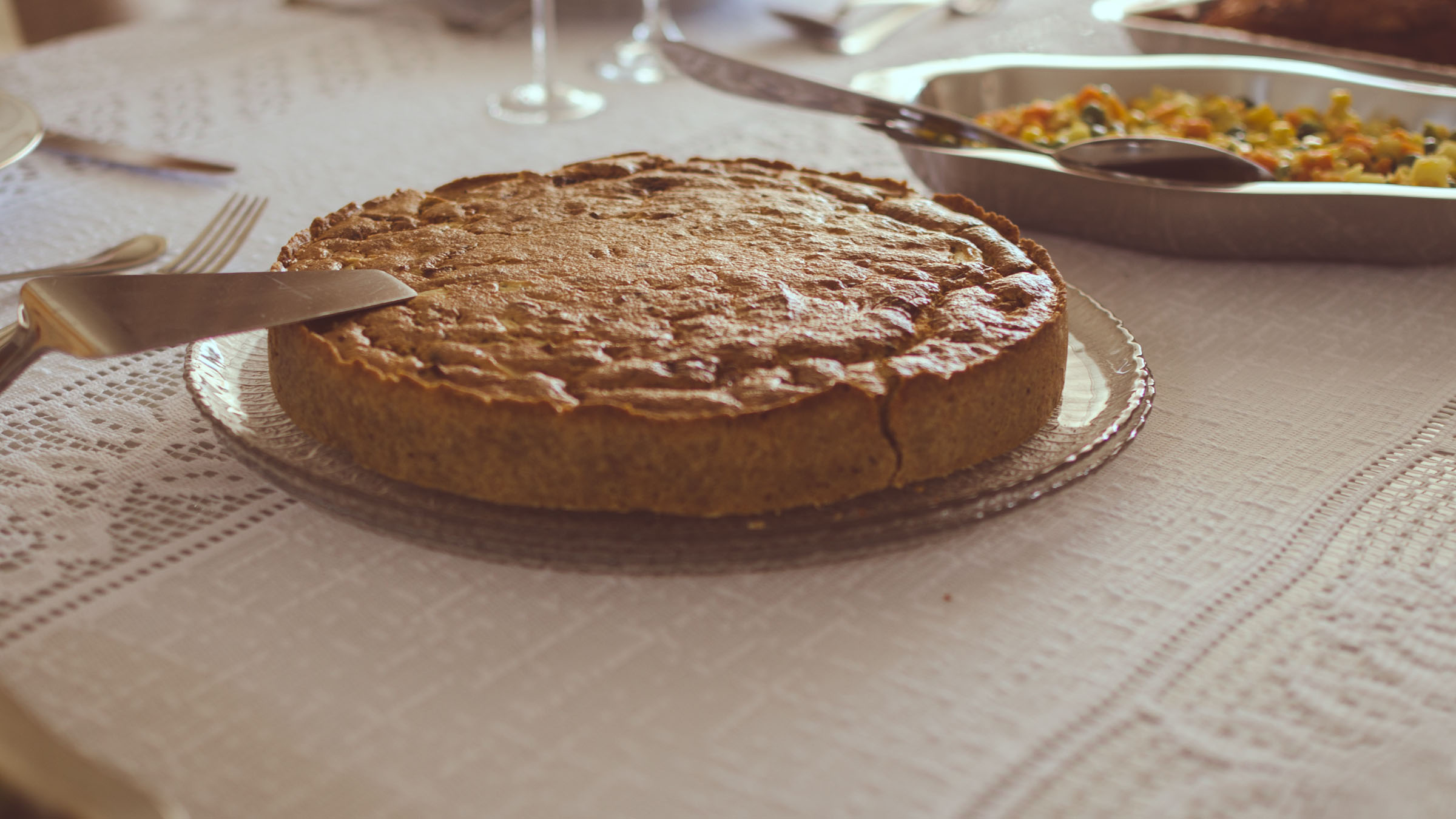

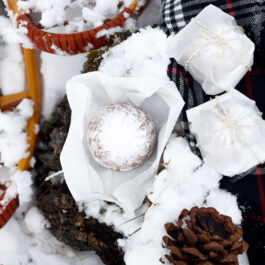
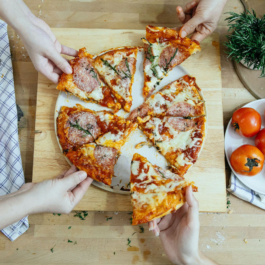

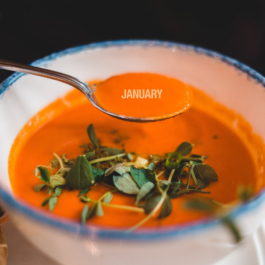
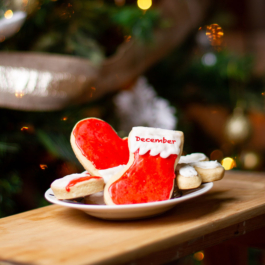




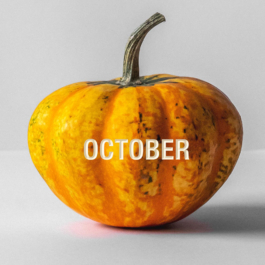

Sorry, the comment form is closed at this time.